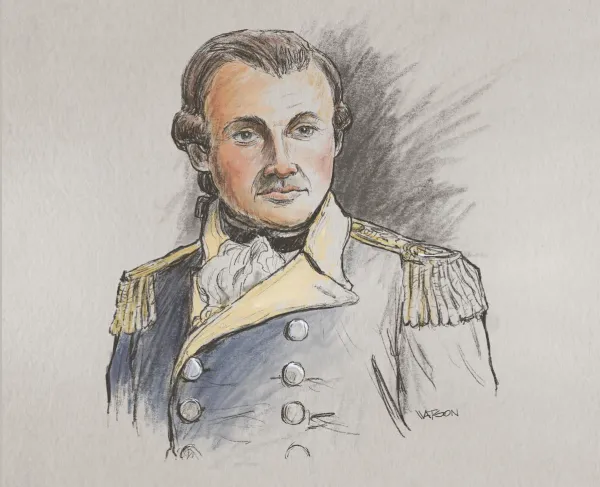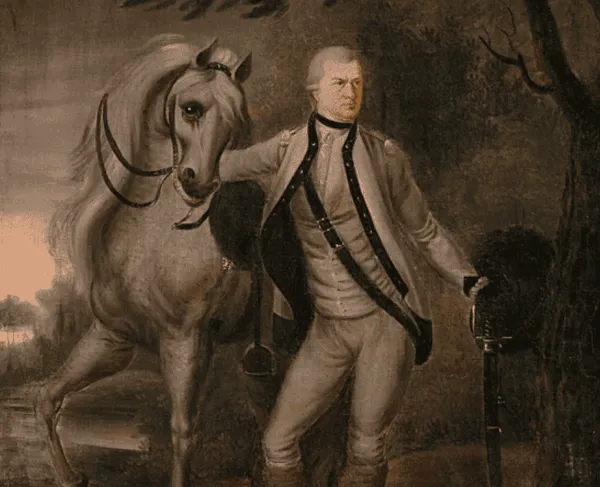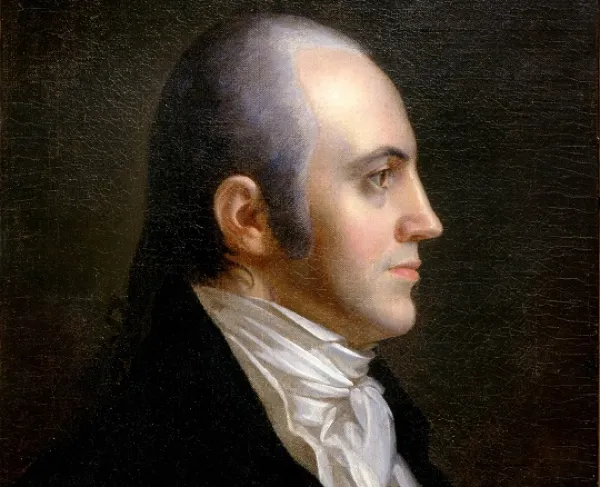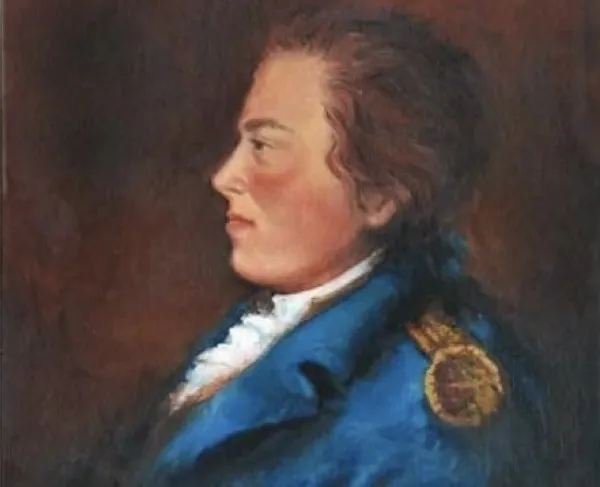Richard Montgomery

Richard Montgomery was born outside of Dublin, Ireland, on December 2nd, 1738. Montgomery was born into a wealthy family and attended Trinity College in Dublin before dropping out to become a Junior Non-Commissioned Officer (NCO) in the British Army. The young NCO served with distinction during the Seven-Years War, more commonly known as the French and Indian War, and was promoted several times, finally attaining the rank of Captain before the end of the war. Montgomery was released from duty due to his health and returned to Great Britain to recover. In Britain, Montgomery discussed politics and affiliated with the Whig political party in Parliament, who later supported American independence. When Montgomery’s health finally recovered, he resigned his commission from the British Army and moved to New York, settling into the life of a farmer. In 1773, Montgomery married Janet Livingston, who was from an anti-British patriot family. Montgomery continued to cement his beliefs and began to identify as an “American” rather than a “Briton.”
Eventually, Montgomery’s political beliefs turned into political action. In May of 1775, Montgomery was elected as a deputy in the New York Provincial Congress and was chosen to organize the militias and defenses of New York. After George Washington was chosen to be the Commander of the Continental Army in June of the same year, the New York Provincial Congress was asked to choose two people for the rank major general and brigadier general for service in the new army. Philip Schuyler was appointed to the rank of major general. Montgomery protested the promotion, he argued that Schuyler did not have enough combat experience to be an effective leader. Later, the New York Provincial Congress appointed Montgomery as Brigadier General because of his military experience. General Washington personally appointed the reluctant Montgomery to be Schuyler’s second in command. This move was just in time as Schuyler fell ill during at the start of the invasion of Canada, thus giving Montgomery control of the campaign.
Once in command, Montgomery began a successful campaign in Canada as General Benedict Arnold was marching through the wilderness of modern-day Maine to meet him in Quebec. Montgomery captured numerous strongpoints and eventually the city of Montreal fell to the Patriots. Montgomery’s numerous victories and kind treatment of British prisoners took a toll on the Patriot militias under his command, who demanded rest and the same provisions given to the British prisoners. The commanding general was reluctant to lead his soldiers, who he had seen as undisciplined. It took a personal letter from General Washington to reassure him that there was insubordination and lack of discipline all throughout the Continental Army and that resignation was not the answer. Nevertheless, Montgomery continued to Quebec to meet Arnold and his army.
When Montgomery and his men arrived outside Quebec, his force consisted of some 300 men compared to Arnold’s 1,000 men. Montgomery, now a Major General, established siege lines around the city of Quebec and demanded the surrender of the defenders within. The terms of surrender were rejected numerous times, leaving Montgomery and Arnold with no other choice but to assault the city. Montgomery hoped that snow could hide the movement of his troops, thus, he planned on waiting for snowfall in order to attack. General Arnold, however, was worried about his men. A December 31st enlistment expiration was looming, that could drastically reduce the size of the assaulting force. Montgomery discovered waiting for the right time was not an option and coordinated an attack for the early hours of December 31, 1775. That morning, Montgomery led a group of his men towards the interior of Quebec. With sword drawn and lantern out, the Patriots advanced toward a blockhouse where the British and Canadian defenders noticed this movement and let loose a volley of grapeshot and muskets, which killed Montgomery and the men close to him instantly.
General Montgomery’s body was discovered after the failed attacks by the Continentals. The British defenders of Quebec brought his body to General Guy Carleton, who ordered it be buried with respect and dignity. Montgomery was laid to rest in Quebec on January 4, 1776, until July of 1818, when his remains were reinterred in New York. News of Montgomery’s death caused widespread mourning, both in American and in the British Isles. Many Patriots elevated Montgomery’s status to a hero and martyr for independence and the American cause, while British members of parliament, especially the Whigs, would use his death to mark the failures in the British response to the insurrection in their colonies.
Related Battles
515
18






